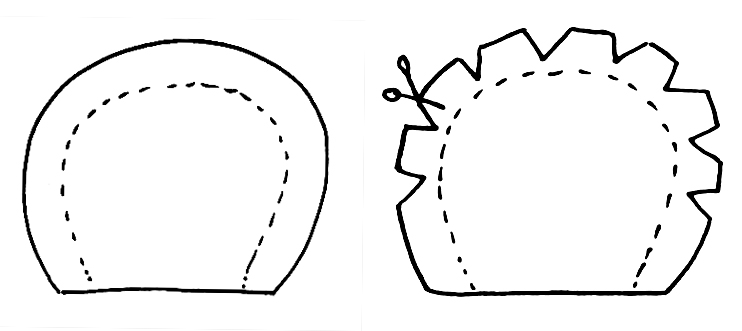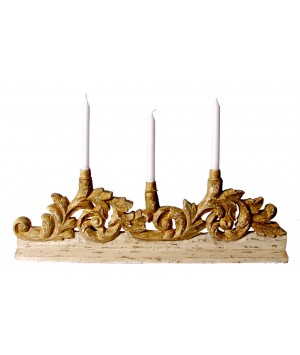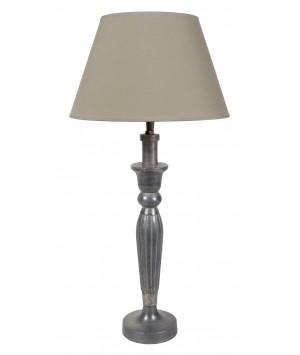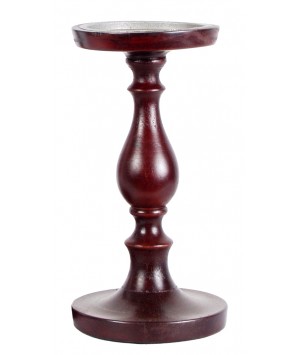Pacherchic collection
Conseils et astuces pour les kits
-Lisez bien les explications jusqu’au bout avant de commencer.
-Pour les kits avec tissu : Ne pas couper le tissu avant d’avoir veillé à ce que toutes les pièces à couper puissent être incluses. Nous prévoyons assez de tissu pour chaque kit, mais sans gaspillage.
-Pour découper les tissus, épingler les patrons découpés directement sur les tissus (parfois doubles selon les instructions), épingler le patron parallèlement au bord du patron. Plus il y a d'épingles, moins il y a de risques d'erreur. Couper le long du patron.
-Pour coudre, surtout à la machine, chaque pièce associée à une autre doit être préalablement épinglée dans la bonne position: Dans ce cas, les épingles seront posées perpendiculairement au sens de la couture.
-Pour les kits poupées et animaux, toujours marquer les yeux, la bouche, le museau avec une épingle avant de tracer au marqueur pour tissu ou avant de commencer une broderie. Bien respecter la symétrie, bien centrer.
-Pour tracer les yeux au marqueur, commencer par un petit rond ou ovale et l'agrandir doucement. Ne pas appuyer trop fort sur la pointe.
-Pour les broderies, contrairement au marqueur, il est possible de recommencer en cas d’échec mais attention de ne pas abîmer le tissu du visage en décousant.
-Pour coudre des arrondis à la machine, aller tout doucement, stopper tous les 2 points, lever le pied de biche (aiguille reste dans le tissu), tourner l'ouvrage très légèrement et continuer de cette manière.
lexique
-Le Droit Fil, DF est symbolisé par une double flèche sur nos dessins. C’est un terme très important en couture, le droit fil est le sens de la trame du tissu (parallèle à la longueur du tissu quand il est en rouleau). Quand vous coupez un tissu, la double flèche dessinée sur le patron sera toujours parallèle au droit fil donc parallèle à la trame du tissu, donc parallèle à la lisière du tissu.
Si vous vous retrouvez devant un coupon sans lisière, tirez légèrement sur le tissu dans un sens puis dans l’autre (pas en diagonale), le sens le moins élastique sera le sens du droit-fil.
-Faufiler : Coudre provisoirement et grossièrement à la main avant l’exécution définitive.
-Surfiler : Utiliser le point zig-zag d’une machine à coudre sur le bord du tissu pour éviter qu’il ne s’effiloche.
-Cranter: Quand on coud un arrondi et qu'il faut le retourner sur l'endroit, l'aspect sera parfait si l'on crante, c'est à dire couper les excès de tissu aux petits ciseaux, couper de manière aléatoire en restant à 2 mm de la couture. Il existe des ciseaux à cranter avec une coupe en zig zag qui fait le travail tout seul.

Pour les kits crochet
Sisterskit vous offre des vidéos pour apprendre le crochet et réaliser nos kits.
Par exemple, les points de base au crochet
https://www.youtube.com/watch?v=xn6vgFVrtQU






